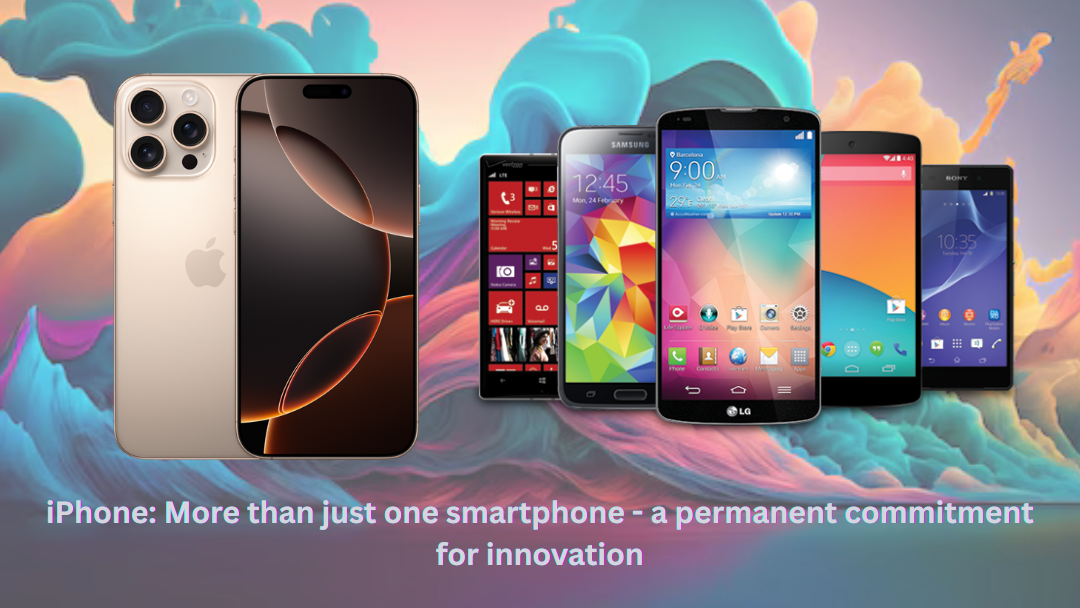Artificial intelligence (AI) has changed how we live, work, and play over the last few years. We experience software AI every day, whether that’s a virtual assistant or a recommendation from a streaming service or a news site. AI is everywhere, but we are now entering a new phase — Edge AI.
Edge AI can provide intelligence right at the device level, while however, traditional cloud-based AI systems typically require cloud infrastructure where the intelligence and inference is done outside of the device. Edge AI uses cloud-based and on-device intelligence to make faster, smarter and more secure decisions without too much work from the cloud infrastructure.
This blog will discuss what Edge AI is, how it works, and why it will become one of the most disruptive technologies of the next decade.
What is Edge AI?
Edge AI has access to cutting-edge machine learning (ML) models that can be run on low-power hardware, and are small and efficient. Companies like Coral from Google and Neural Engine from Apple, and Jetson from NVIDIA have all built chips optimized for edge AI tasks.
How Edge AI Works
The process starts in the cloud, where large-scale models are developed using large datasets. Models are compressed and optimized to run on edge devices. When the model is deployed on the edge device, the device can:
- Collect data from the environment (e.g., camera, microphone, sensor)
- Run the AI model on that data
- Make decisions or trigger actions—all locally
Developers usually choose frameworks such as Tensorflow Lite, Pytorch Mobile, and OpenVINO to build and making deploying Edge AI models easier.
Why Edge AI Matters
- Real-Time Decision Making
Edge AI brings almost real-time decision making. Consider the example of a self-driving car, where there would be an unacceptable delay to send sensor data directly to a cloud server. It needs to process the information and react immediately; if not, it can’t be safe or it won’t be fast enough to be efficient.
- Data Privacy and Security
Data is processed locally, so it’s less likely to be intercepted, misused, or both. This matters if you care about whether your data is sensitive to healthcare and finance concerns, for example.
- Lower Latency and Bandwidth
By eliminating the round-trip request from the cloud, latency is drastically decreased. Bandwidth usage is minimized because only relevant or summarized data is sent back to the cloud, if anything.
- Work Offline
Edge AI enables devices to perform independent of the internet, which is critical for remote and low-connectivity areas.
Real Example and Use Cases
Edge AI is disrupting various industries:
- Healthcare: Smart wearables can detect abnormal heart rate or respiration and let the user know immediately without the internet.
- Retail: Cameras with artificial intelligence can provide real-time looks into inventories which enhance operational capacity of stores.
- Agriculture: Edge computers and drones are able to conduct crop health monitoring and precision spraying providing greater crop yield and waste reduction.
- Manufacturing: Edge-enabled robots can inspect parts on the assembly line more accurately than the human eye.
- Smart cities: Traffic cameras can process their own images, monitor traffic congestion, and react with risk adjustment to the lights.
Issues on the Horizon
Edge AI faces challenges:
- Limited hardware: Edge devices have less power and processing capabilities than cloud servers.
- Optimization of models: They are limited in compressing AI models without compromising the accuracy of the model.
- Security: Local processing avoids exposure to the data, but edge devices can still be gained access physically or hacked into if not secure.
New hardware, software, and encryption methods are used to improve the environment over time.
The Future of Edge AI
With the emergence of IoT and the world going to 5G, accelerated AI adoption is inevitable. Per market analysts, Edge AIl market is projected to exceed $40 billion by 2027. Edge AI will be at the center of next-generation technology ranging from smart homes and smart factories to autonomous vehicles and healthcare diagnostics.
Your devices will soon not only connect to the internet, but they’ll be thinking, deciding, and acting in real-time.
Final Thoughts
Edge AI is not a future concept and is here now reinventing how technology interacts with the world. We are moving toward a world of intelligent systems that are fast, private, and efficient. Edge AI: The Cutting Edge of Smart Technology
Artificial intelligence (AI) has changed how we live, work, and play over the last few years. We experience software AI every day, whether that’s a virtual assistant or a recommendation from a streaming service or a news site. AI is everywhere, but we are now entering a new phase. What all of this means, is that AI will play a large role in defining our digital future. If you are a business, a developer, or a consumer. Now is the moment to learn about and invest in Edge AI.















Leave a Reply